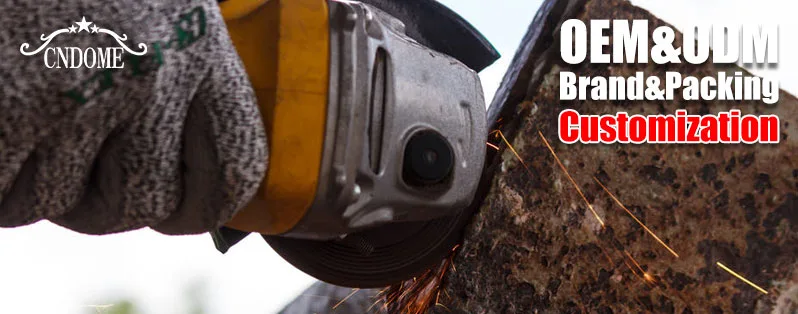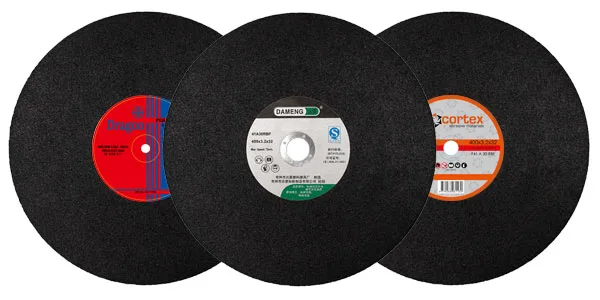In the realm of manufacturing and construction, precision and efficiency are paramount. Cutting discs stand as indispensable tools, allowing craftsmen and workers to slice through materials with accuracy and finesse. However, in the intricate world of international trade, even seemingly straightforward products like cutting discs are subject to classification under the Harmonized System (HS) code. Let’s embark on a journey to unravel the classification of cutting discs and explore their significance in global commerce.
Understanding Cutting Discs
Before delving into the labyrinth of classification codes, let’s grasp the essence of cutting discs and their pivotal role across various industries. A cutting disc, also known as a cutting wheel or a cutoff wheel, is a circular abrasive tool primarily used for cutting through various materials such as metal, stone, concrete, and ceramics. These discs typically consist of abrasive particles bonded together with a resin or other material, forming a sturdy yet precise cutting tool.
From construction sites to manufacturing plants, cutting discs find applications in a multitude of tasks, ranging from shaping and trimming to intricate detailing. Their versatility and efficiency make them indispensable for professionals and DIY enthusiasts alike.
The Harmonized System (HS) Code
The Harmonized System (HS) serves as the global standard for classifying traded products, facilitating international trade by providing a uniform classification framework. Developed and maintained by the World Customs Organization (WCO), the HS code assigns a unique numerical code to each product, streamlining customs procedures, tariff calculations, and trade statistics.
HS Code for Cutting Discs
The classification of cutting discs under the HS code falls primarily under Chapter 68 of the Harmonized System, which encompasses “Articles of Stone, Plaster, Cement, Asbestos, Mica, or Similar Materials.” More specifically, cutting discs are typically classified under subheading 6804.22. The HS code for cutting discs may vary slightly depending on factors such as material composition, dimensions, and intended use.
Considerations for Classification
While the general category for cutting discs is apparent, several factors may influence their classification. For instance, the HS code may differ based on the abrasive material used in the disc, such as aluminum oxide, silicon carbide, or diamond. Additionally, variations in dimensions, thickness, and intended application may impact the assigned HS code.
Trade Implications
Understanding the HS code for cutting discs is paramount for international trade stakeholders, including manufacturers, exporters, importers, and customs authorities. Accurate classification ensures compliance with customs regulations, facilitates smooth cross-border transactions, and helps determine applicable tariffs and duties. Misclassification can lead to delays, penalties, and other trade-related complications, underscoring the importance of precise classification.
Conclusion
Cutting discs epitomize precision and efficiency in various industries, enabling craftsmen and workers to accomplish intricate tasks with ease. Their classification under the HS code provides a standardized framework for international trade, ensuring seamless transactions and regulatory compliance. By unraveling the complexities of the HS code for cutting discs, stakeholders can navigate the global marketplace with confidence, fostering efficiency and growth in trade relationships. So, the next time you encounter a cutting disc, remember the significance of its HS code in the intricate tapestry of international commerce.



